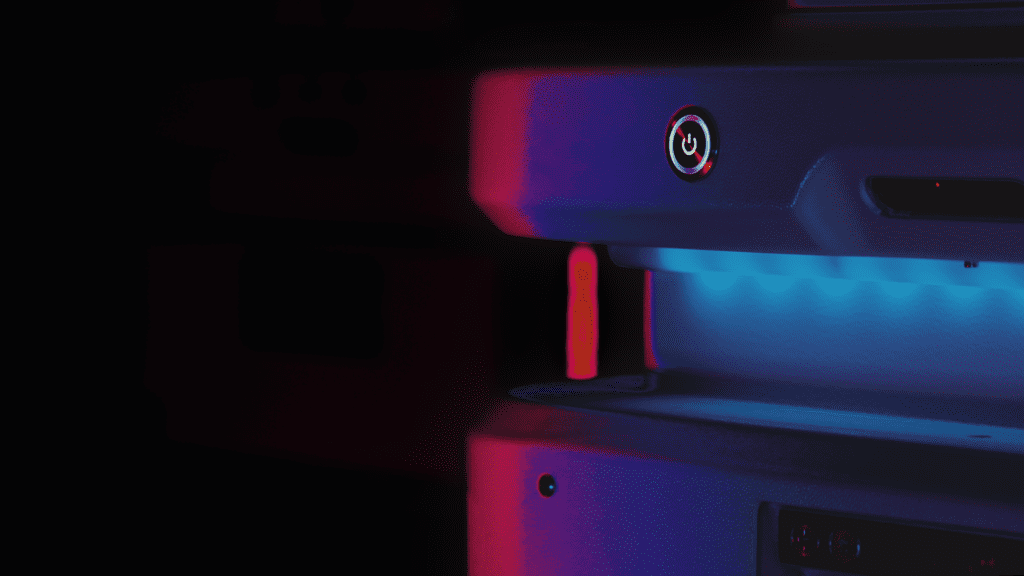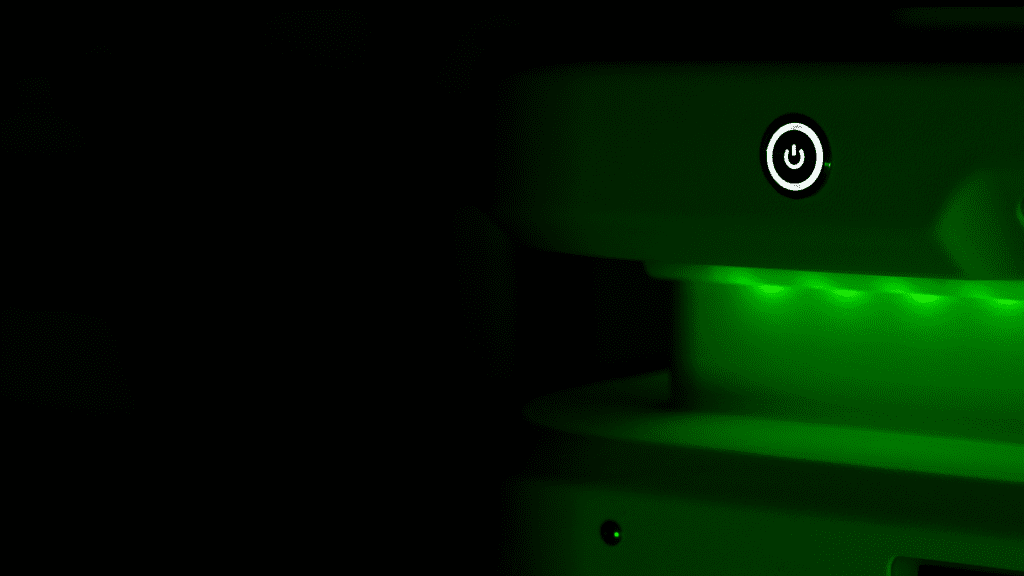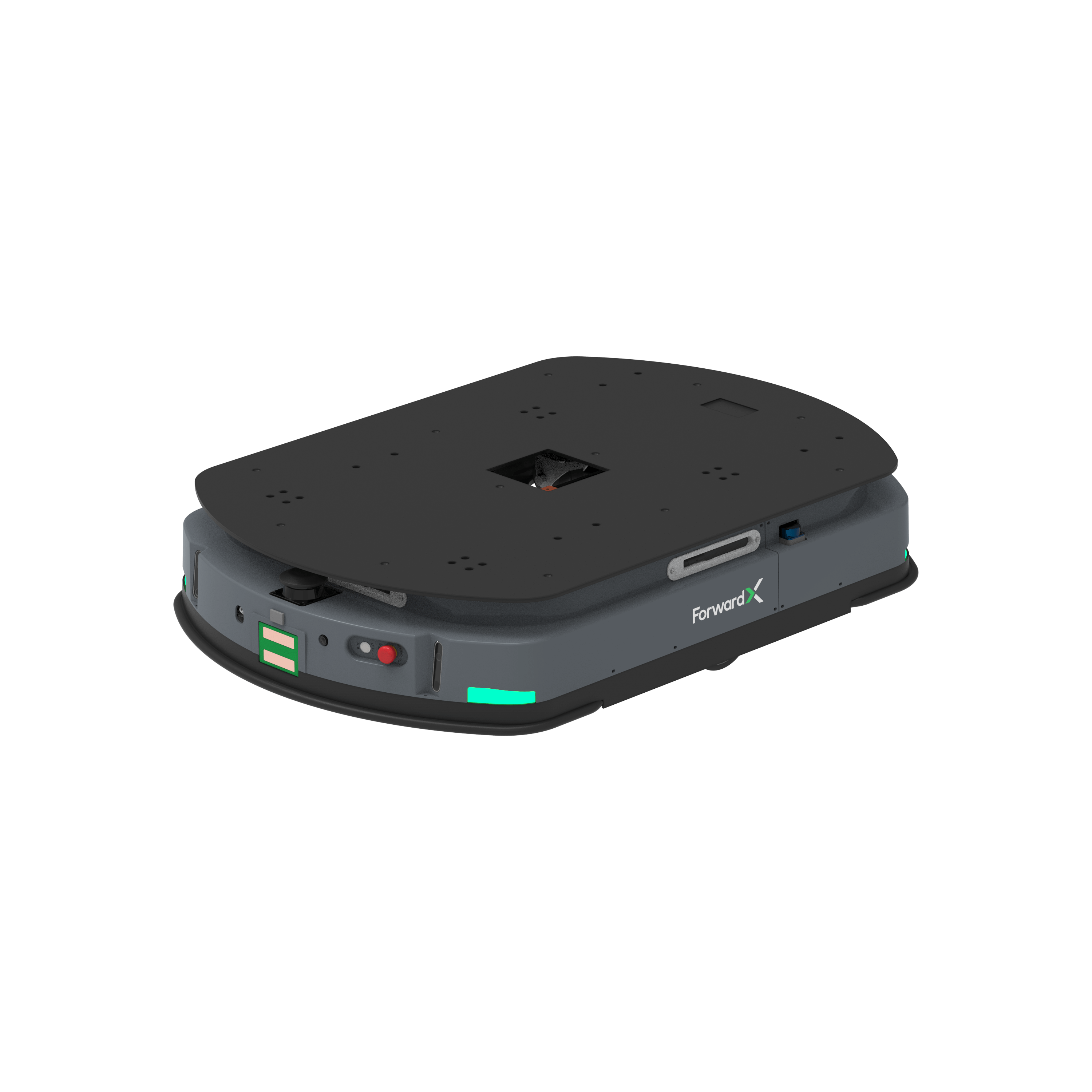Precision Meets Vision: ForwardX's Laser SLAM + Computer Vision Integration
The success of any robotic application hinges on the effectiveness of its navigation system. This crucial component allows robots to not only sense and perceive their surroundings but also map and navigate through complex environments. Amongst the myriad of tools available for this purpose, SLAM (Simultaneous Localization and Mapping) stands out as a key technique for object perception, navigation, and obstacle avoidance. Today, we’ll take a closer look at the strengths and weaknesses of two prominent SLAM technologies: Laser SLAM and Visual SLAM, and how ForwardX’s innovative solution combines the best of both worlds. So, buckle up as we delve into the fascinating world of robotic navigation!
Laser SLAM
Laser SLAM relies on LiDAR sensors to collect data by emitting laser beams and measuring their return time after interacting with objects in the surroundings. These distance measurements are combined to generate intricate 3D maps of the environment. Concurrently, Laser SLAM algorithms also estimate the position and orientation of the robot or camera within this mapped space.
Strengths:
- Accurate and reliable: Laser sensors provide precise distance measurements, resulting in highly accurate mapping and localization.
- Lighting compatibility: Works well in a variety of lighting conditions, including darkness and low-visibility situations.
- Dense and detailed maps: Laser SLAM can generate highly detailed maps of the environment with a high level of point cloud density.
- Not affected by texture or color: Laser SLAM can perceive objects and surfaces regardless of their texture or color, making it more reliable in certain scenarios.
Weaknesses:
- Limited range and field of view: laser power and lighting strength are two factors that could affect the range and field of view, which can restrict the system’s perception capabilities.
- Limited complexity in captured environment: Laser SLAM may struggle to capture and recognize intricate details or features of the environment compared to visual-based methods.
- Vulnerable to reflective surfaces: Laser beams can be affected by highly reflective surfaces such as mirrors or glass, leading to inaccurate measurements or perception.

Visual SLAM
Visual SLAM (VSLAM) utilizes cameras to capture images or video of the environment. By analyzing the visual input, Visual SLAM algorithms extract features, which are then matched and tracked over time to estimate the robot’s or camera’s position and simultaneously construct a map.
Strengths:
- Large field of view: Cameras have a broader field of view compared to LiDAR, enabling a more comprehensive perception of the environment.
- High-resolution mapping: Cameras can capture fine details, resulting in more visually appealing and informative maps.
- Flexibility in feature extraction: VSLAM can extract detailed features, such as texture, color, and edges, which can be advantageous in certain scenarios.
Weaknesses:
- Reliant on lighting conditions: VSLAM heavily relies on good lighting conditions and may struggle in low-light or dark environments.
- Prone to occlusions and feature-less areas: If objects or landmarks are occluded or if the environment lacks distinctive features, VSLAM may have difficulty with reliable mapping and localization.
- Limited performance in dynamic environments: Moving objects or rapidly changing scenes can disrupt VSLAM’s ability to map and track the environment accurately.
- Susceptible to drift: VSLAM is more prone to cumulative errors and drift over time, leading to a decrease in localization accuracy.

ForwardX's Groundbreaking Solution: Computer Vision + Laser SLAM
ForwardX leverages a distinctive fusion of LiDAR sensors and computer vision technology, augmented by the integration of proprietary deep learning technology, propelling it to new heights.
Computer vision aims to endow machines with the ability to perceive and interpret the visual world. LiDAR is often used as a complementary sensor to cameras for perception tasks like image and video recognition, object detection and tracking, image segmentation, scene understanding, and visual motion analysis.
Advantages of Combining Computer Vision + LiDAR Sensors:
- Increased perception capabilities: By combining the high-resolution visual information from cameras with the accurate depth information from LiDAR, computer vision algorithms can better understand and interpret the surrounding environment. By fusing the data from both laser sensors and cameras, ForwardX improves the overall accuracy and validity of mapping and localization tasks. This can minimize drift and errors, especially in challenging environments or scenarios.
- Precautions and fault tolerance: Having multiple sensor modalities offers an extra layer of caution, which is helpful when detecting and compensating for failures or inaccuracies from one sensor. This increases the system’s robustness and fault tolerance.
ForwardX has transcended expectations by integrating powerful deep learning technology, elevating our AMRs to an unprecedented level of technological sophistication. Our AMRs demonstrate exceptional prowess in tasks such as image detection, segmentation, tracking, and recognition. Unlike ordinary robots that perceive obstacles as generic barriers, our robots possess the unique capability to identify, classify, and recognize obstacles as distinct entities, be it humans, storage shelves, pallets, AMRs, forklifts, or more.
Furthermore, this advanced level of perception enables our AMRs to dynamically adjust their behavior based on the type of obstacle detected. For instance, they can slow down and wait for humans to pass, navigate around immobile obstacles, or even overtake other vehicles when necessary. These adaptive strategies enhance the robots’ agility and ensure safe, smooth, and efficient operation in various environments.
Through the unique fusion of Laser SLAM and advanced deep learning computer vision technology, ForwardX is at the forefront of a revolutionary transformation in the capabilities of autonomous mobile robots. This innovation enables our robots to achieve a holistic and intuitive understanding of their surroundings, empowering them to intelligently navigate through obstacles with remarkable accuracy, resilience, and adaptability. As a result, our navigation system stands as an exceptional blend of precision and versatility.
Contact us to learn how we can help you enhance your operational efficiency while significantly reducing costs.



